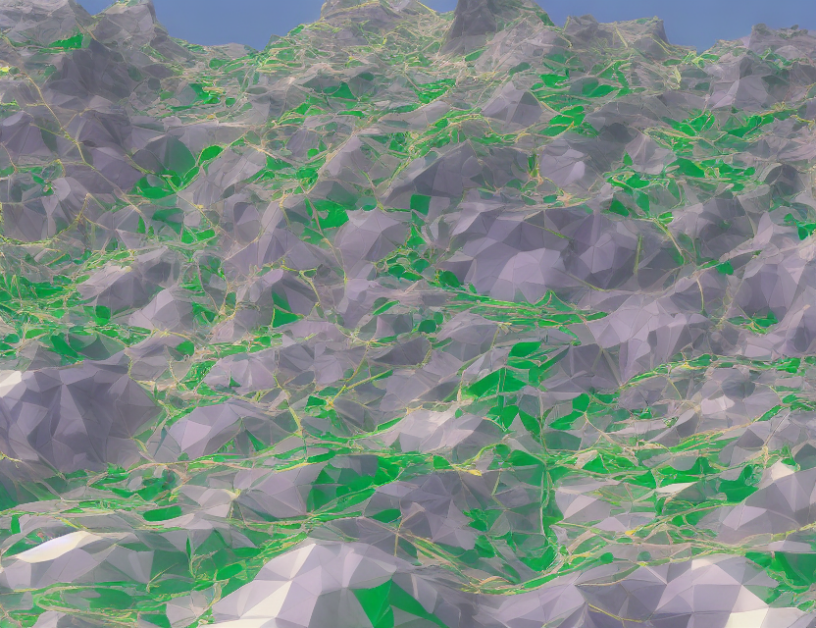Deep learning has revolutionized the field of image generation, offering a range of techniques to generate high-quality images. However, these methods can be complex and difficult to understand. In this article, we aim to demystify deep learning for image generation by comparing different approaches and highlighting their strengths and weaknesses. We will use simple language and engaging metaphors to help readers comprehend the concepts without oversimplifying them.
Section 1: Function Smoothness and Spectral Bias
In the world of image generation, there are two key concepts that govern how well a model performs: function smoothness and spectral bias. Function smoothness refers to how much the output of a function varies with changes in its input (Fridovich-Keil et al., 2022). Spectral bias, on the other hand, is an implicit bias that favors learning functions changing at a slow rate (low-frequency), similar to how humans perceive and process visual information (Rahaman et al., 2019).
To illustrate this concept, imagine you are trying to cook a meal. The recipe has different ingredients with varying levels of complexity. If the recipe is too complex, it may be difficult to follow, but if it’s too simple, the dish may not be flavorful enough. Similarly, in image generation, finding the right balance between function smoothness and spectral bias can lead to more realistic and detailed images.
Section 2: Regularization Techniques and Model Complexity Measures
Several regularization techniques have been proposed to aid generalization in deep learning models (Rosca et al., 2020). These techniques encourage smoothness, which is a measure of how much the output of a function varies with changes in its input. However, this can lead to overfitting if not managed properly.
To overcome overfitting, researchers have proposed model complexity measures like the number of parameters or computation required (Nakkiran et al., 2021). These measures help to quantify how complex a model is and avoid overfitting.
Imagine building a house. The materials you use can either be too simple (a small number of materials) or too complex (a large number of materials with varying levels of complexity). Finding the right balance between simplicity and complexity can lead to a sturdy and well-designed house that meets your needs without overwhelming you with unnecessary details. Similarly, in image generation, finding the right balance between smoothness and model complexity measures can lead to more realistic images.
Section 3: Comparing Methods and Quantitative Evaluation
Several methods have been proposed for deep learning-based image generation, including function smoothness and spectral bias (Fridovich-Keil et al., 2022). These methods aim to use fewer trainable parameters to avoid overfitting while maintaining performance. However, this can lead to a trade-off between smoothness and complexity (Xu et al., 2019).
To evaluate these methods quantitatively, researchers have used metrics like peak signal-to-noise ratio (PSNR) and structural similarity index (SSIM) (Rahaman et al., 2019). These metrics help to measure how realistic the generated images are compared to real images.
Imagine you are a painter, and you want to compare different paintbrushes for painting a landscape. Each brush has its unique characteristics, like bristle length, shape, and material. PSNR and SSIM can help you evaluate which brush is better suited for your needs by measuring how realistic the brush strokes are compared to those of other brushes. Similarly, in image generation, PSNR and SSIM can help measure the realism of generated images compared to real images.
Conclusion
In conclusion, deep learning-based image generation is a complex field with various approaches that aim to generate high-quality images. Understanding the concepts of function smoothness and spectral bias is crucial for developing effective methods. Regularization techniques and model complexity measures can help manage overfitting, while quantitative evaluation metrics like PSNR and SSIM can help evaluate the realism of generated images. By demystifying these concepts, we hope to empower readers to better understand and appreciate the field of deep learning for image generation.



